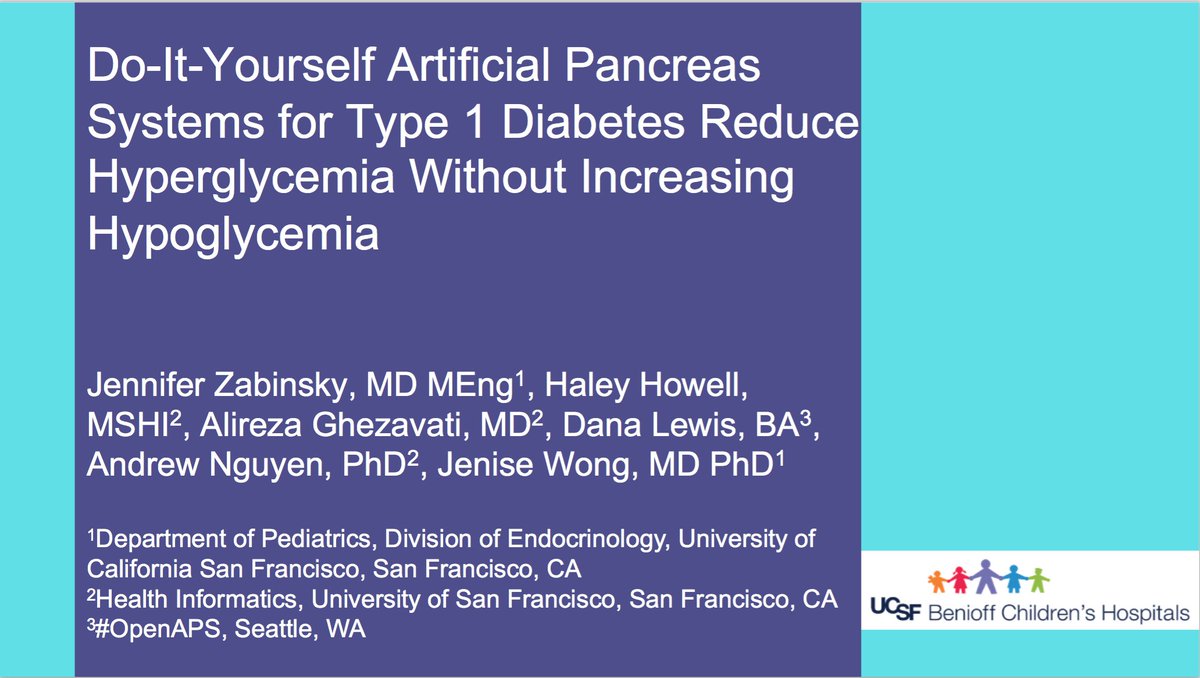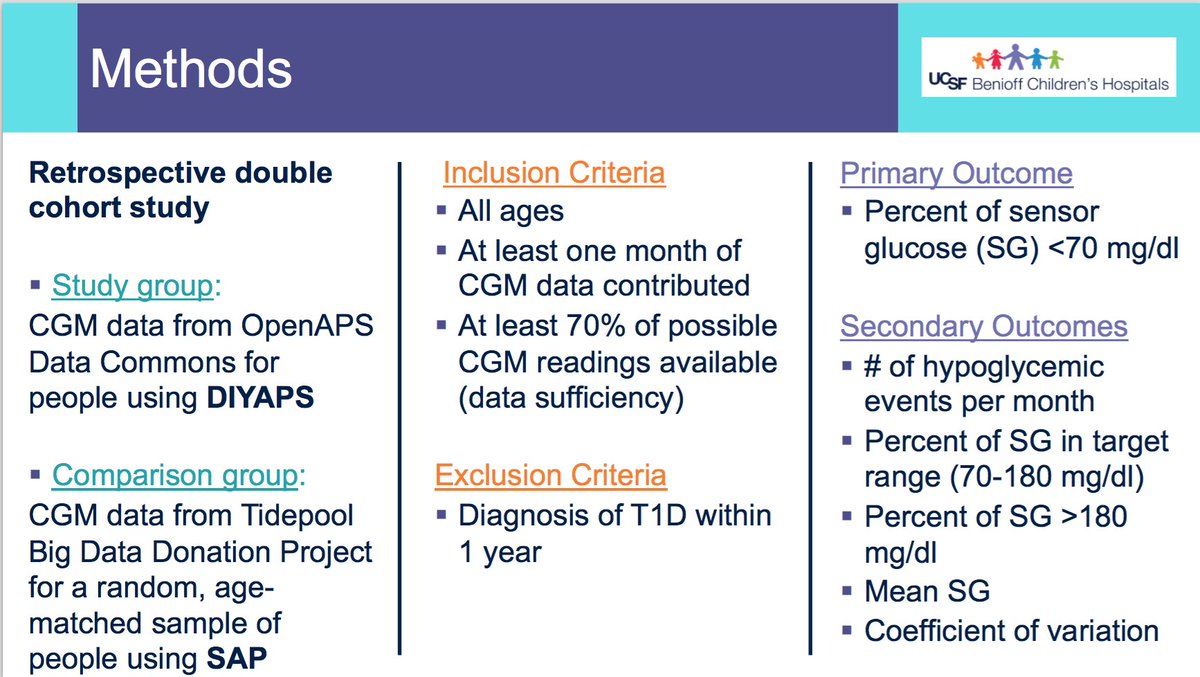Pilot describing today’s flight: “It’s like a gravel road with a few potholes”. 😂
Oops forgot to post! Went through airport security with #OpenAPS rigs as always with no issues. #havepancreaswilltravel
And yes I’m on my third cross-country flight this week (out of 4 total). 😂
And yes I’m on my third cross-country flight this week (out of 4 total). 😂
That was an adventure. Glad to be safely on the ground now.
A full hour after landing, we still aren’t allowed to the gate because of the un-moving storm. Bah.
• • •
Missing some Tweet in this thread? You can try to
force a refresh














